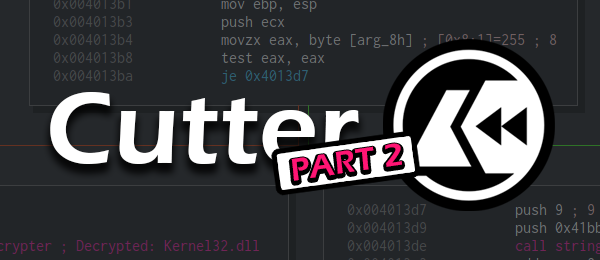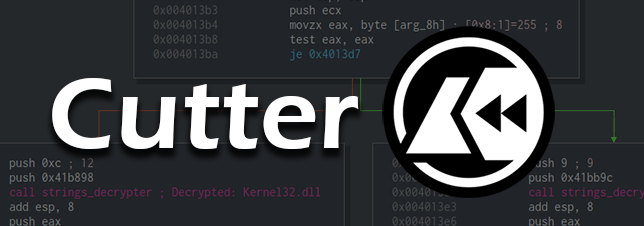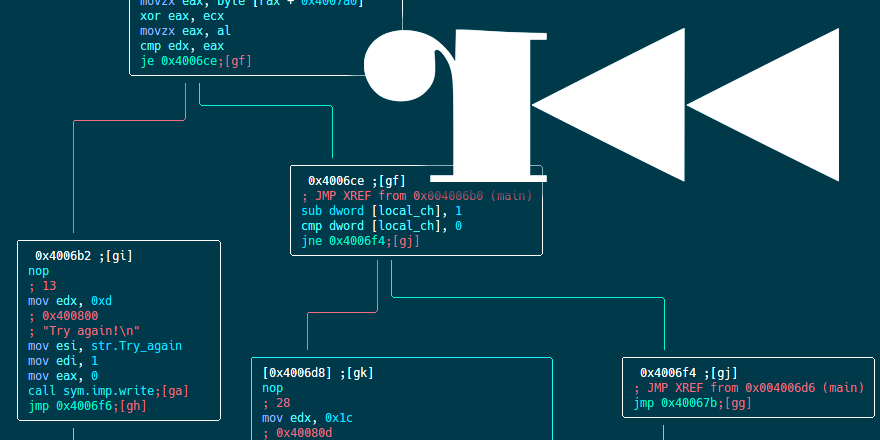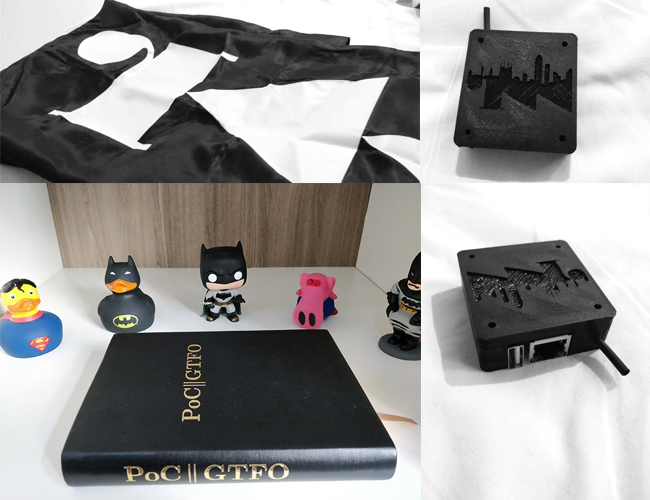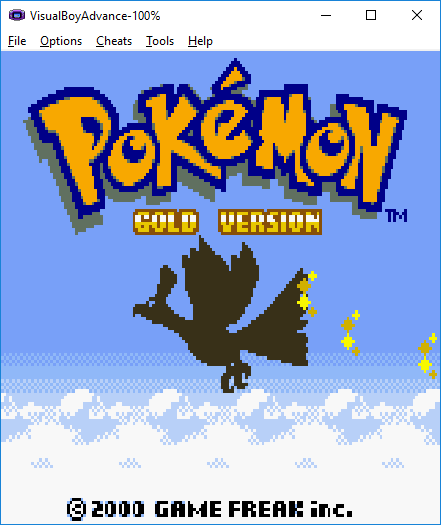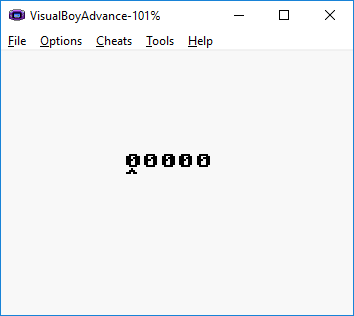Prologue
Previously, in the first part of this article, we used Cutter, a GUI for radare2, to statically analyze APT33’s Dropshot malware. We also used radare2’s Python scripting capabilities in order to decrypt encrypted strings in Dropshot. If you didn’t read the first part yet, I suggest you do it now.
Today’s article will be shorter, now that we are familiar with cutter and r2pipe, we can quickly analyze another interesting component of Dropshot — an encrypted resource that includes Dropshot’s actual payload. So without further ado, let’s start.
Downloading and installing Cutter
Cutter is available for all platforms (Linux, OS X, Windows). You can download the latest release here. If you are using Linux, the fastest way to use Cutter is to use the AppImage file.
If you want to use the newest version available, with new features and bug fixes, you should build Cutter from source by yourself. It isn’t a complicated task and it is the version I use.
First, you must clone the repository:
git clone --recurse-submodules https://github.com/radareorg/cutter cd cutter
Building on Linux:
./build.sh
Building on Windows:
prepare_r2.bat
build.bat
If any of those do not work, check the more detailed instruction page here
Dropshot \ StoneDrill
As in the last part, we’ll analyze Dropshot, which is also known by the name StoneDrill. It is a wiper malware associated with the APT33 group which targeted mostly organizations in Saudi Arabia. Dropshot is a sophisticated malware sample, that employed advanced anti-emulation techniques and has a lot of interesting functionalities. The malware is most likely related to the infamous Shamoon malware. Dropshot was analyzed thoroughly by Kaspersky and later on by FireEye. In this article, we’ll focus on decrypting the encrypted resource of Dropshot which contains the actual payload of the malware.
The Dropshot sample can be downloaded from here (password: infected). I suggest you star (★) the repository to get updates on more radare2 tutorials 🙂
Please, be careful when using this sample. It is a real malware, and more than that, a wiper! Use with caution!
Since we’ll analyze Dropshot statically, you can use a Linux machine, as I did.

